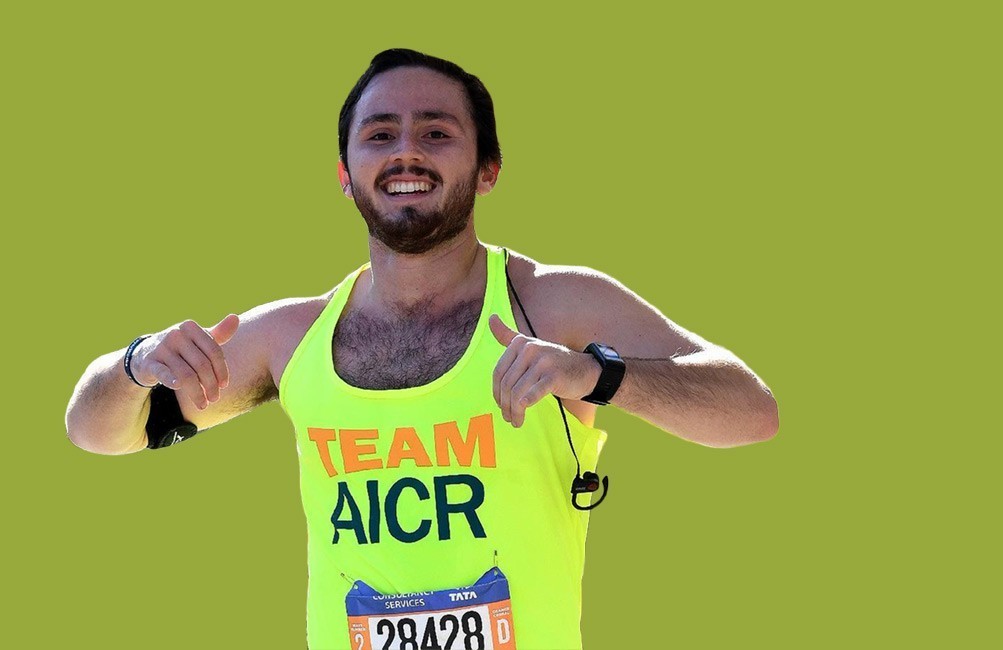Key Takeaways
- Cancer survivors benefit by reducing sedentary behavior to help them live longer and better lives.
- Reducing sedentary time through simple, intentional “movement snacks” can help improve overall health and quality of life, particularly for cancer survivors. Learn five examples of movement snacks that can fit into your daily routine.
- Sitting less is just as important as exercising more. Even if you meet daily exercise recommendations, prolonged sitting is linked to worse health outcomes, including heart disease, type 2 diabetes and some cancers.
Most healthy lifestyle advice encourages people to exercise more. However, the impact of prolonged sitting on our overall health can be easily overlooked.
Even if you exercise, spending long hours seated can still harm your health. For cancer survivors, reducing sedentary time is one strategy to help enhance energy, physical function and overall well-being. The best part? You don’t need intense workouts to experience benefits. Short, easy movements called “movement snacks” can be a fantastic way to get started.
Why Sitting Less Matters
Sedentary behavior, which means prolonged sitting or lying down with little physical activity, has become a modern epidemic. The average adult in the United States sits for over nine hours per day. Activities like watching TV, working on a computer or reading a book are examples of sedentary behavior.
Even if you meet the recommended 30 minutes of daily physical activity, what you do during the remaining 23.5 hours still matters. Research shows that long periods of sitting are associated with worse health outcomes in all adults. This includes an increased risk for developing heart disease, type 2 diabetes and some cancers.
For cancer survivors, sitting less can improve quality of life and contribute to better long-term health outcomes. Brief, intentional “movement snacks” can help lower these risks and improve overall health.
Why Being Active Matters
One of the most encouraging advancements in cancer care is the significant improvement in survival rates. According to the American Cancer Society, overall cancer survival rates have increased by 32 percent since 1991. This is driven by earlier detection, advancements in treatment and greater awareness of healthier lifestyle choices.
However, as cancer survivors live longer, it’s essential to help them live better.
While there has been an increased awareness of the role of physical activity in cancer survivors, there is less emphasis on reducing sedentary behavior. Studies indicate that cancer survivors with more sedentary time had worse physical functioning and general health.
Research shows higher physical activity levels were linked to better quality of life, while prolonged sitting was associated with poorer outcomes. This is especially the case for people with multiple chronic conditions.
These findings suggest that while reducing sedentary time can potentially add years to your life, the short-term improvement of those years is very attainable with small habit changes such as daily movement snacks.
A movement snack is a short, planned exercise that lasts 30-seconds to several minutes. It helps activate your muscles, move your joints or get your heart pumping. While there are countless movement snack options, here are five ideas for you to get started with if you are a new to this technique.
Five Movement Snacks to Reduce Inactivity
- Chair Sit-to-Stands: Instead of just standing and moving through your day, try to complete as many sit-to-stands as possible within one minute. You can use your arms on your legs or the chair arms if needed, but focus on pressing through your heels, looking forward and standing all the way up for each repetition.
- Countertop Push-Ups: This exercise works your upper body and core. Place your arms slightly wider than shoulder width, step one or both feet back, and lower the middle of your chest to the counter as close to touching as possible. Keep your body in a straight line and press away from the countertop. Do this while waiting for your coffee to brew or your lunch to heat up.
- Ankle Alphabet: Loosen up stiff ankles and feet while reducing fluid buildup in your lower body with this fun and simple exercise. While sitting or lying down, point your toes and imagine drawing each letter of the alphabet in the air. Use big, flowing motions for maximum effect. Once you’ve finished one foot, switch to the other—don’t be surprised if one side feels a bit more challenging than the other.
- March in Place: Turn your sedentary TV time into active time with this easy movement snack. During commercials or every 30 minutes, march in place for 1–2 minutes. You can do this standing for a full-body boost or seated if standing isn’t an option. Lift your knees as high as comfortably possible and swing your arms to get your blood flowing.
- Step It Up: Use a sturdy step or a flight of stairs and step one leg up, then back down, alternating legs for 1–2 minutes. If you’re feeling ambitious, try climbing full flights of stairs at your own pace. For added safety, make sure to have a railing or wall nearby for support, especially if you’re new to this movement or have balance concerns.
Sitting less does not mean you must make drastic lifestyle changes. Movement does not require a gym membership or hours of exercise. It’s about making small, intentional choices that add up over time. Reducing sedentary time is a simple yet powerful step in a healthy direction. Start with one or two movement snacks that fit into your routine and build from there.





